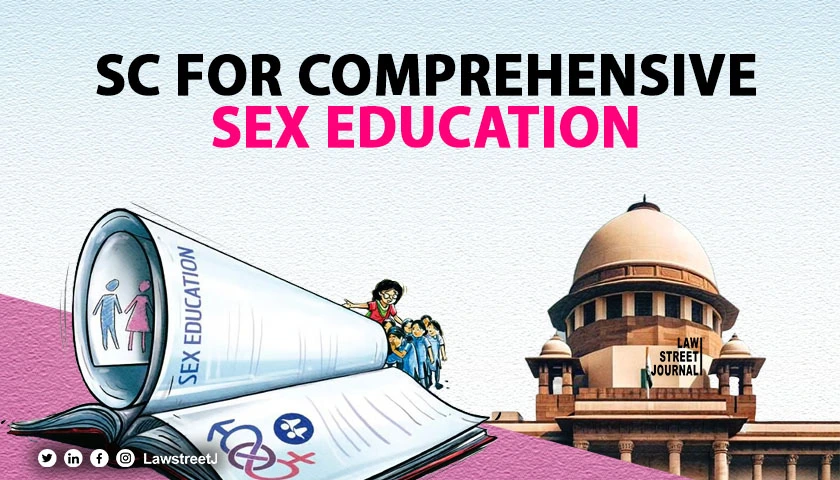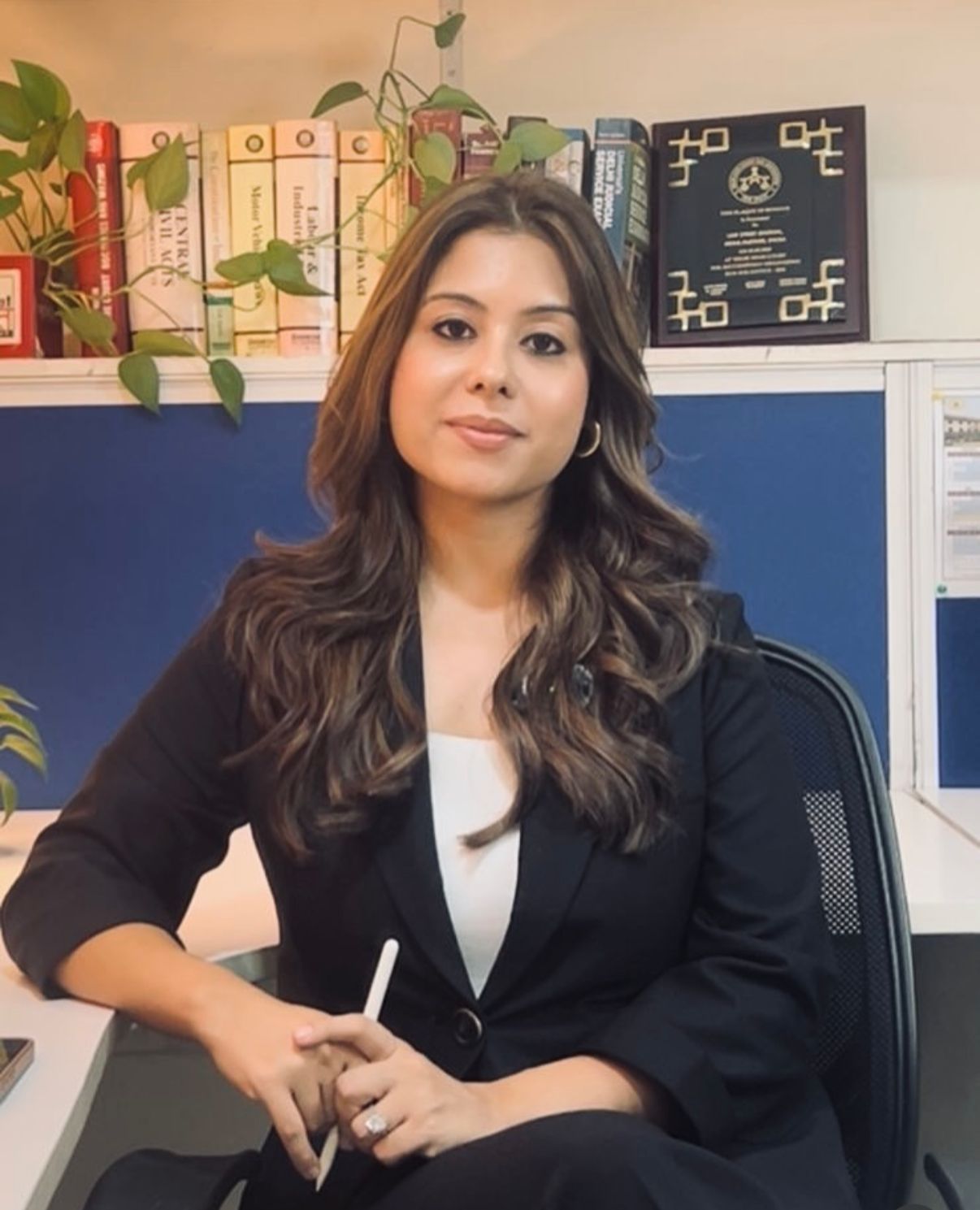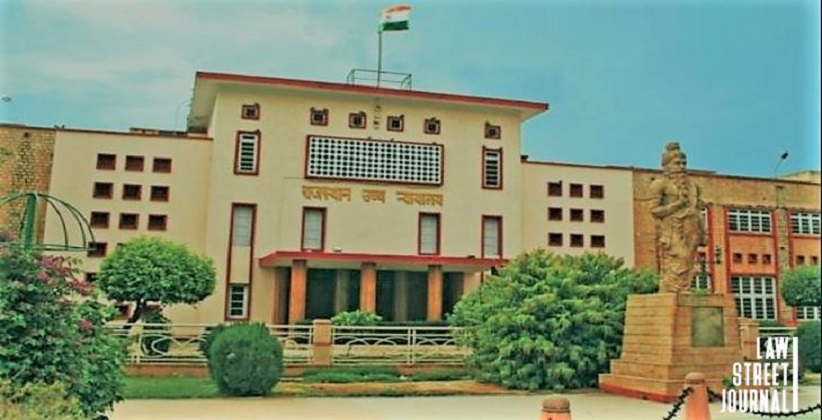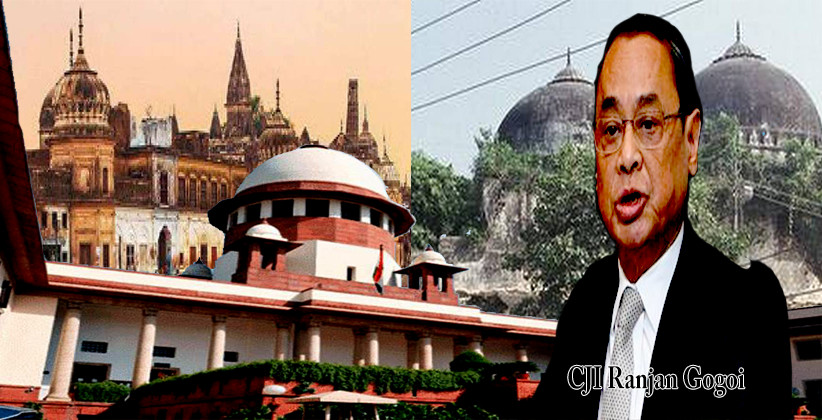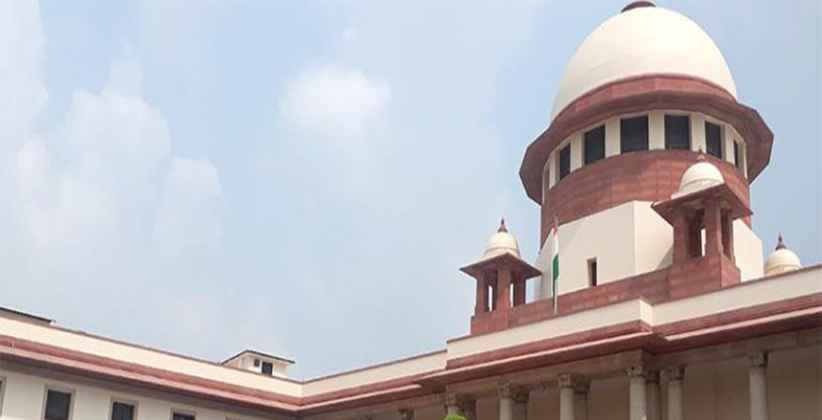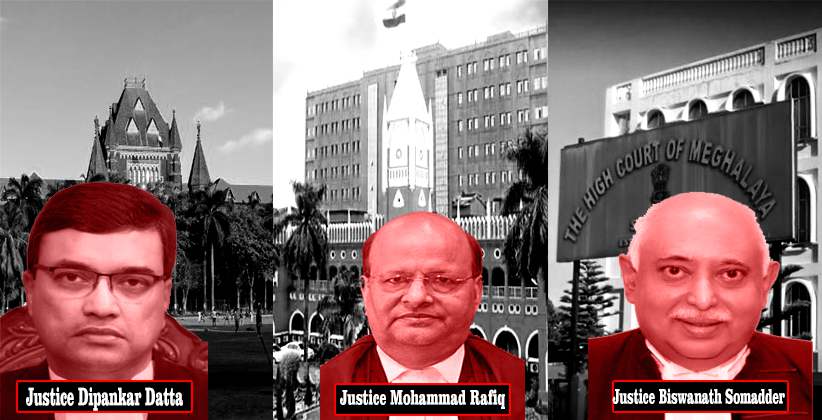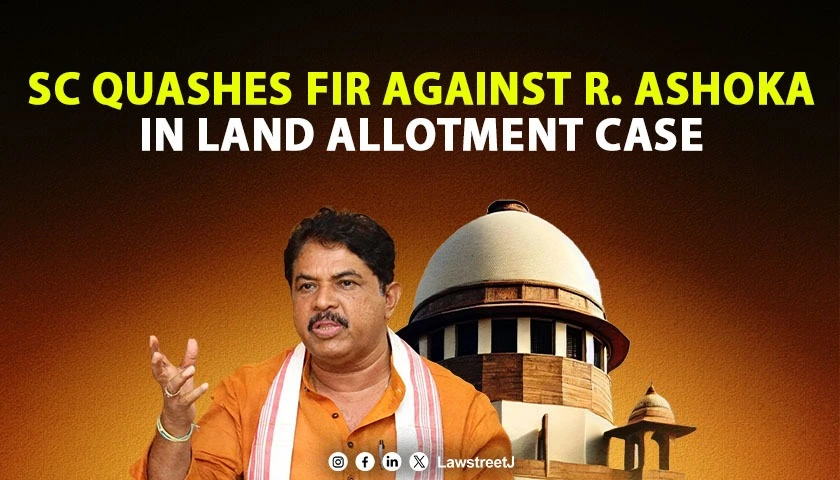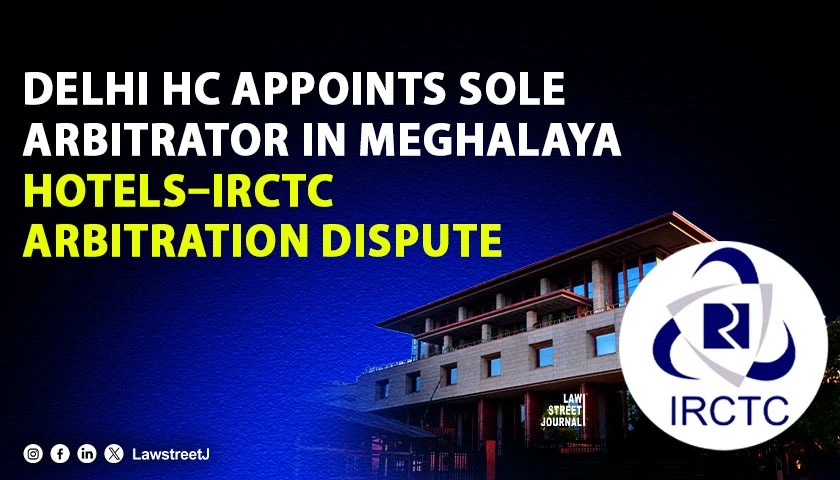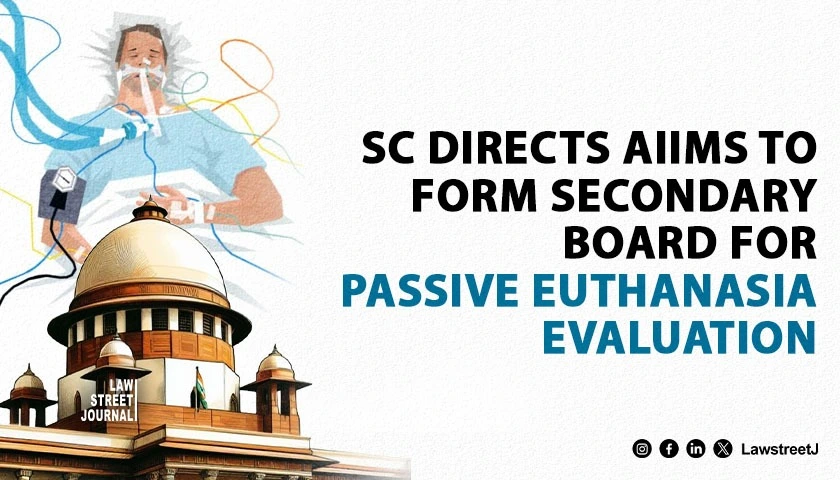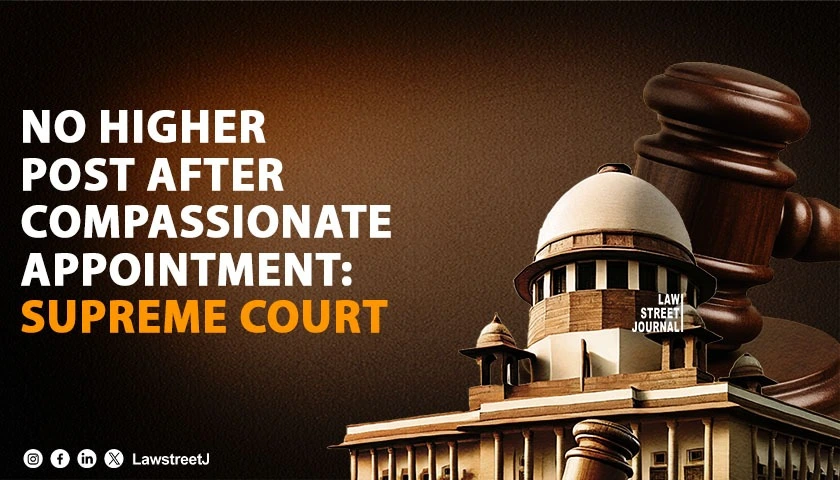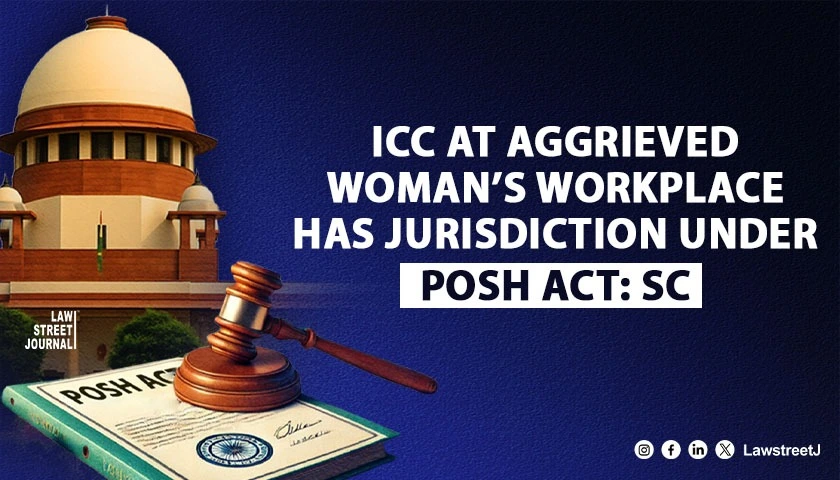NEW DELHI: The Supreme Court has said raising awareness about the realities of child sexual exploitative material and its consequences through public campaigns can help reduce its prevalence. These campaigns should aim to destigmatise reporting and encourage community vigilance.
The apex court strongly favoured for comprehensive sex education which can promote healthy attitudes towards sexuality and relationships, and can counteract the distorted perceptions often associated with the consumption of child pornography.
In its judgment holding storing, downloading and watching sexually explicit content involving children as an offence, a bench of Chief Justice of India D Y Chandrachud and Justice J B Pardiwala said such programmes also teach youth about the importance of consent and the legal implications of sexual activities, helping them understand the severe consequences of viewing and distributing child pornography.
It can also help foster greater empathy and respect for others, reducing the likelihood of engaging in exploitative behaviours, the court said.
The bench felt implementing such programmes that include information about the legal and ethical ramifications of child pornography can help deter potential offenders.
Also Read: Storage or watching child pornography is offence under POCSO Act: SC [Read Judgment]
"These programmes should address common misconceptions and provide young people with a clear understanding of consent and the impact of exploitation," it said.
The court noted in India, the misconceptions about sex education are widespread and contribute to its limited implementation and effectiveness.
"Many people, including parents and educators, hold conservative views that discussing sex is inappropriate, immoral, or embarrassing. This societal stigma creates a reluctance to talk openly about sexual health, leading to a significant knowledge gap among adolescents," it said.
The court also said one prevalent misconception is that sex education encourages promiscuity and irresponsible behaviour among youth.
"However, research has shown that comprehensive sex education actually delays the onset of sexual activity and promotes safer practices among those who are sexually active," it said.
The court also noted another common belief is that sex education is a Western concept that does not align with traditional Indian values.
"This view has led to resistance from various state governments, resulting in bans on sex education in schools in some states. This type of opposition hinders the implementation of comprehensive and effective sexual health programs, leaving many adolescents without accurate information. This is what causes teenagers and young adults to turn to the internet, where they have access to unmonitored and unfiltered information, which is often misleading and can plant the seed for unhealthy sexual behaviours," the bench said.
Additionally, the court noted, there is a misconception that sex education only covers biological aspects of reproduction.
"Effective sex education encompasses a wide range of topics, including consent, healthy relationships, gender equality, and respect for diversity. Addressing these topics is crucial for reducing sexual violence and promoting gender equity," the bench said.
Citing successful sex education programmes in India, such as the 'Udaan' in Jharkhand, the court said its success highlights the importance of community involvement, transparency, and government support in overcoming resistance and creating a supportive environment.
"Positive age-appropriate sex education plays a critical role in preventing youth from engaging in harmful sexual behaviours, including the distribution, and viewing of CSEAM. Positive sex education focuses on providing accurate, age-appropriate information about sexuality, consent, and respectful relationships," the court said.
The bench emphasised it is of paramount importance to address misconceptions around sexual health, and promoting a comprehensive understanding of sex education's benefits, which is essential for improving sexual health outcomes and reducing the incidence of sexual crimes in India.
"This is especially crucial given India's growing population," it said.
Also Read: Storage or watching child porno is offence under POCSO Act: SC
The bench said the obligation of the appropriate government and the NCPCR under Section(s) 43 and 44 of the POCSO Act respectively, does not end at just spreading awareness about the provisions of the POCSO.
"Since, one of the salutary and avowed object of the POCSO was the deterrence of offences of child sexual abuse and exploitation, thus, as a natural corollary, the obligation the appropriate government and the commission under the provisions will also entail imparting of sex education and awareness amongst the general public, children as well as their parents and guardians, particularly in schools and places of education," the bench said.
The court felt all steps and efforts of the appropriate government and the NCPCR towards the compliance of Section(s) 43 and 44 must go beyond just the textual wording of the said provisions and ought to earnestly take into account the pragmatic necessities and requirements for curtailing the issue of child abuse, exploitation and addiction to pornography.
The court also noted identifying at-risk individuals early and implementing intervention strategies for youth with problematic sexual behaviours (PSB) involves several steps and requires a coordinated effort among various stakeholders, including educators, healthcare providers, law enforcement, and child welfare services. Educators, healthcare professionals, and law enforcement officers should be imparted training to identify signs of PSB. Awareness programs can help these professionals recognise early warning signs and understand how to respond appropriately, the bench said.
The court also said schools can also play a crucial role in early identification and intervention. Implementing school-based programmes that educate students about healthy relationships, consent, and appropriate behaviour can help prevent PSB, it said.

